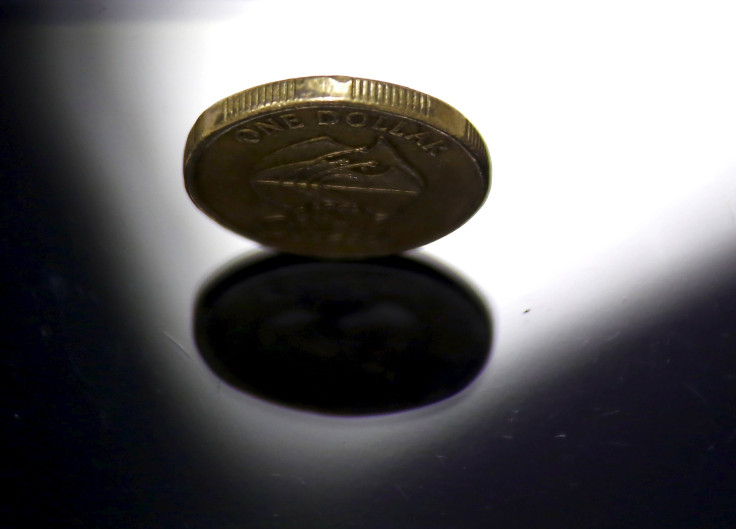Australian dollar plunges due to weak business data

The Australian dollar has taken another nosedive on Tuesday morning as local economic figures and Chinese manufacturing data are released. The currency traded at US$71.18 (AU$100.01) on Tuesday at 12 p.m. (AEST), after being traded at US$71.42 (AU$100.34) on Monday.
The currency hovered lower all day but the continuing tensions in the Chinese stock market encouraged some selling around the noon. The local trade recovered later in the day as buyers got back but the traders remained apprehensive.
The surplus on Australian goods and services has reduced and this would further diminish 0.6 percent growth from the gross domestic product measure for the June quarter. The Australian real estate scenario has improved significantly and recorded a 4.2 per cent rise in July in construction of new homes. The figures are better than the expected 3 per cent increase.
On Monday, ABS said that while the seasonally adjusted non-farm inventories for the March quarter had been revised, it has been kept as it is for the current three months. The inventories along with the consumer and government spending are included within the expenditure measure of the GDP growth. Thus, a bigger build up in the inventories during the March quarter had pushed the GDP by 0.9 per cent.
The Monday’s results stopped short of expectations of a 0.2 per cent rise which might have a possible impact on the GDP for the June quarter. The final calculations will be based on the net exports and public sector demand, which has been released on Tuesday. After the business data release on Monday, some economists have predicted that the GDP growth could be flat or even take a negative turn.
"The key assumption for this forecast is that we will see one or two rises by the U.S. Federal Reserve. It looks less likely that we'll get one in September so the U.S. dollar may be more attractive for longer but it's a question of 'if' rather than 'when' now," National Australia Bank senior economist David de Garis said.
Contact the writer at feedback@ibtimes.com.au, or let us know what you think below.





















